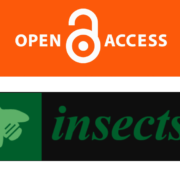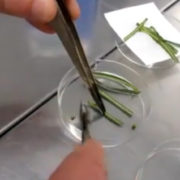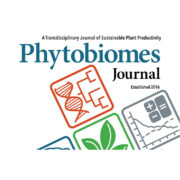Transmission of Xylella fastidiosa Subspecies Pauca Sequence Type 53 by Different Insect Species
Authors
Vincenzo Cavalieri 1, Giuseppe Altamura 1, Giulio Fumarola 2, Michele di Carolo 2, Maria Saponari 1 , Daniele Cornara 3, Domenico Bosco 4 and Crescenza Dongiovanni 2
Affiliations
1 Istituto per la Protezione Sostenibile delle Piante, CNR, 70126 Bari. 2 Centro di Ricerca, Formazione e Sperimentazione in Agricoltura “Basile Caramia” (CRSFA), 70010 Locorotondo (Bari), Italy. 3 Instituto de Ciencias Agrarias, Consejo Superior de Investigaciones Cientificas, ICA-CSIC, 28006 Madrid, Spain. 4 Dipartimento di Scienze Agrarie, Forestali e Alimentari, Università degli Studi di Torino, 10095 Grugliasco, Italy.
Abstract
Diseases associated with Xylella fastidiosa have been described mostly in North and South America. However, during the last five years, widespread X. fastidiosa infections have been reported in a constrained area of the Apulia region (southern Italy), in olives trees suffering a severe disease, denoted as Olive Quick Decline Syndrome (OQDS). Because many xylem sap-feeding insects can function as vectors for the transmission of this exotic pathogen in EU, several research programs are ongoing to assess the role of candidate vectors in the spread of the infections. Initial investigations identified Philaenus spumarius (L.) as the predominant vector species in the olive orchards affected by the OQDS. Additional experiments have been carried out during 2016 and 2017 to assess the role of other species. More specifically, adults of the spittlebugs Philaenus italosignus Drosopolous and Remane, Neophilaenus campestris (Fallen) and of the planthopper Latilica tunetana (Matsumura) (Issidae) have been tested in transmission experiments to assess their ability to acquire the bacterium from infected olives and to infect different susceptible hosts (olives, almond, myrtle –leaf milkwort, periwinkle). Acquisition rates determined by testing individual insects in quantitative PCR assays, ranging from 5.6% in N. campestris to 22.2% in P. italosignus, whereas no acquisition was recorded for L. tunetana. Successful transmissions were detected in the recipient plants exposed to P. italosignus and N. campestris, whereas no trasmissions occurred with L. tunetana. The known vector Philaenus spumarius has been included in all the experiments for validation. The systematic surveys conducted in 2016 and 2017 provided further evidence on the population dynamics and seasonal abundance of the spittlebug populations in the olive groves.
Acknowledgements
This work was funded by the Project POnTE (Pest Organisms Threatening Europe; Grant ID No. 635646) from the European Union’s Horizon 2020 research and innovation programme.
Published on September 29, 2019 by INSECTS









